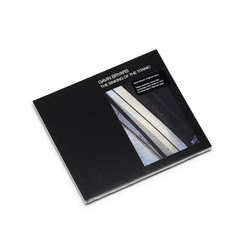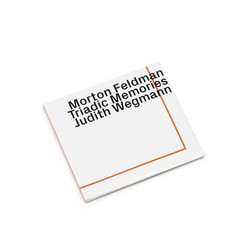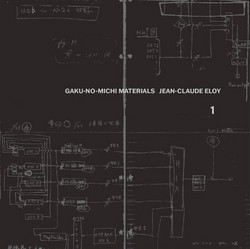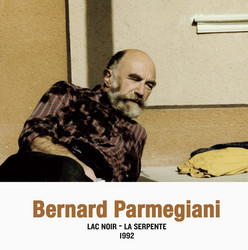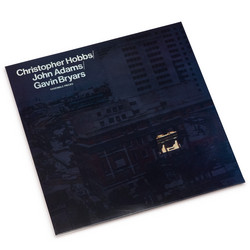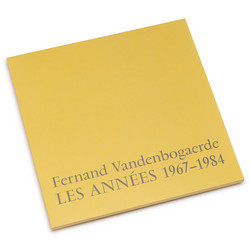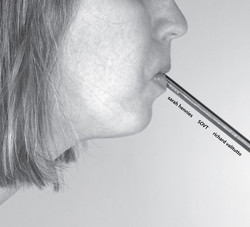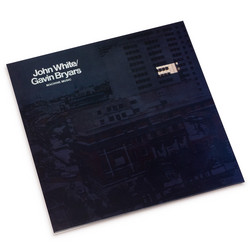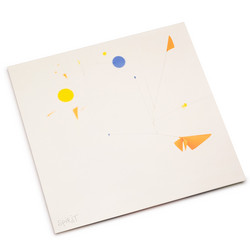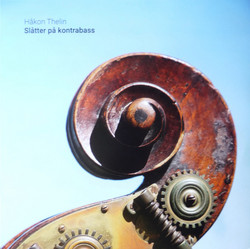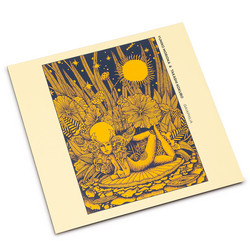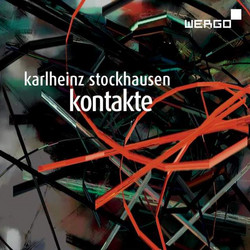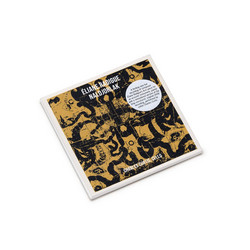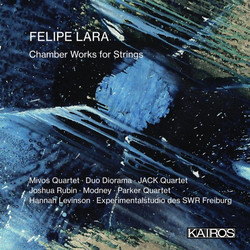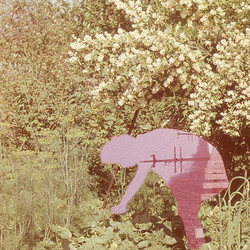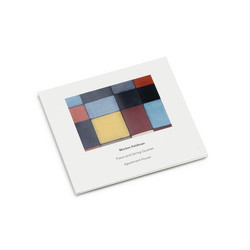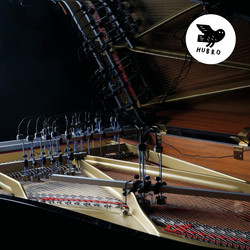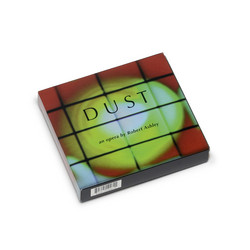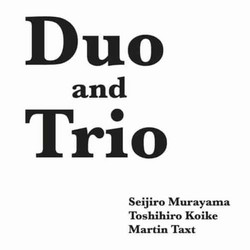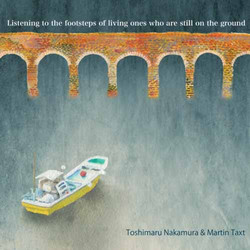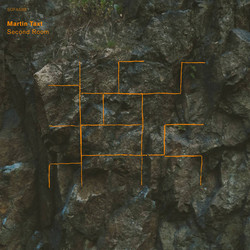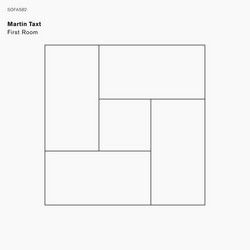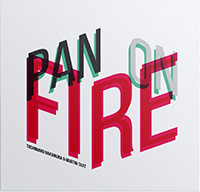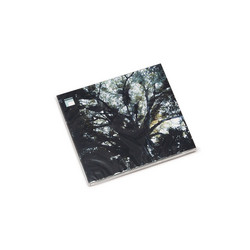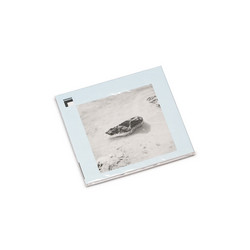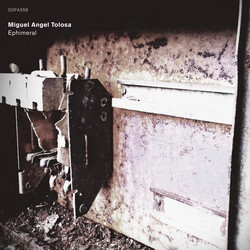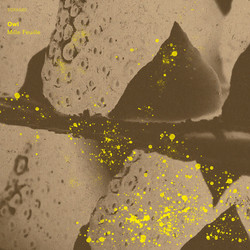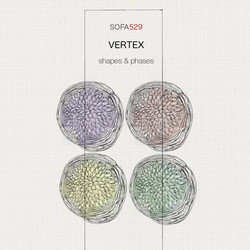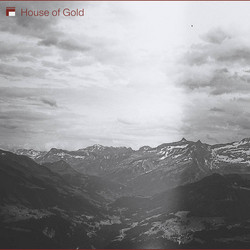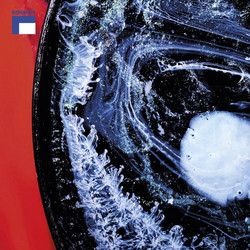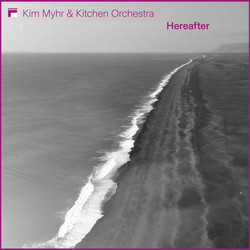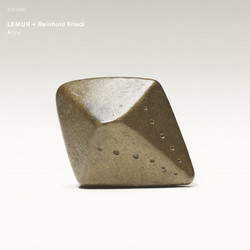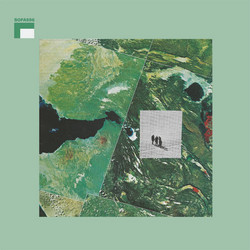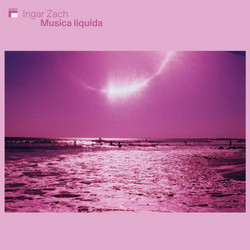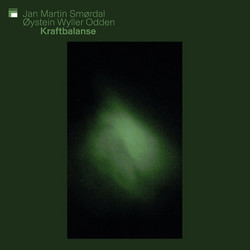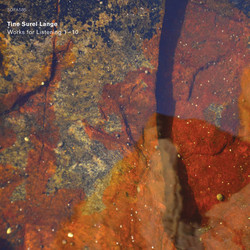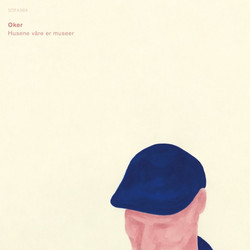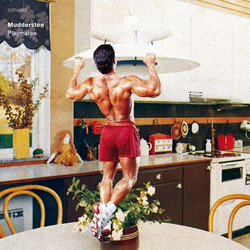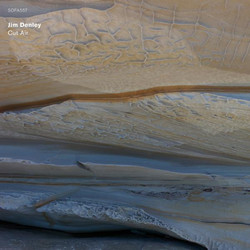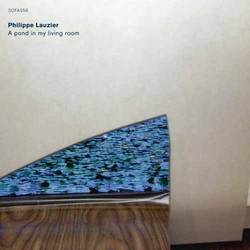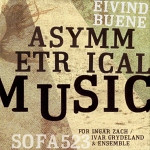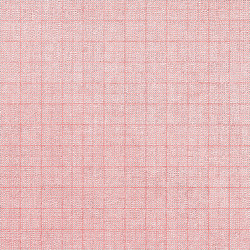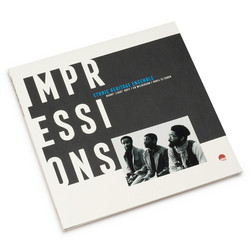Martin Taxt
Second Room
Second Room is Taxt’s second album in a series of works investigating possible relations between music and architecture. In this work written for alto saxophone, two microtonal tubas, double bass, church organ, hand bells and modular synthesizers he is inspired by the Japanese architect Sou Fujimoto, and his ideas on different concepts of living.
In a lecture at the Harvard University in 2011, Fujimoto sets up a comparison between the nest and the cave, as two fundamentally different ways of living concepts. Whereas the nest represents safety, conformity and predictability, a space designed for people, the cave on the other side represents the unknown, a naturally shaped space, not designed for the purpose of living. It can be uncomfortable to enter the dark cave but spending time inside one can gradually start to adapt to the space. By rethinking our concept of space and the relation between space and human body we will eventually discover different functionalities within the cave and innovate new functions in the already designed space.
(…)A grid system with 36 pitches was the starting point of the composing process. Imagining the grid as a cave, I made 3 different paths through the grid as if I was exploring the cave. These three melodies became the outline for this composition. On ‘Disruption, Disjunction, Deconstruction’ the musicians are exploring the 36 pitches independently, as if, quoting Fujimoto; finding their own small favorite comfortable places inside the natural cave(…)
Recorded by Stig Gunnar Ringen
Mixed by Peder Simonsen
Mastered by Douglas Henderson
Photos by Leikny Havik Skjærseth
Cover layout by Rutger Zuydervelt
Drawings by Martin Taxt
